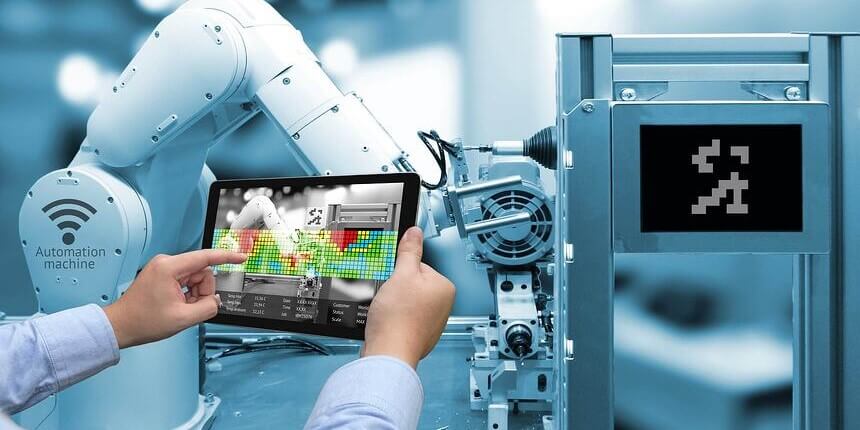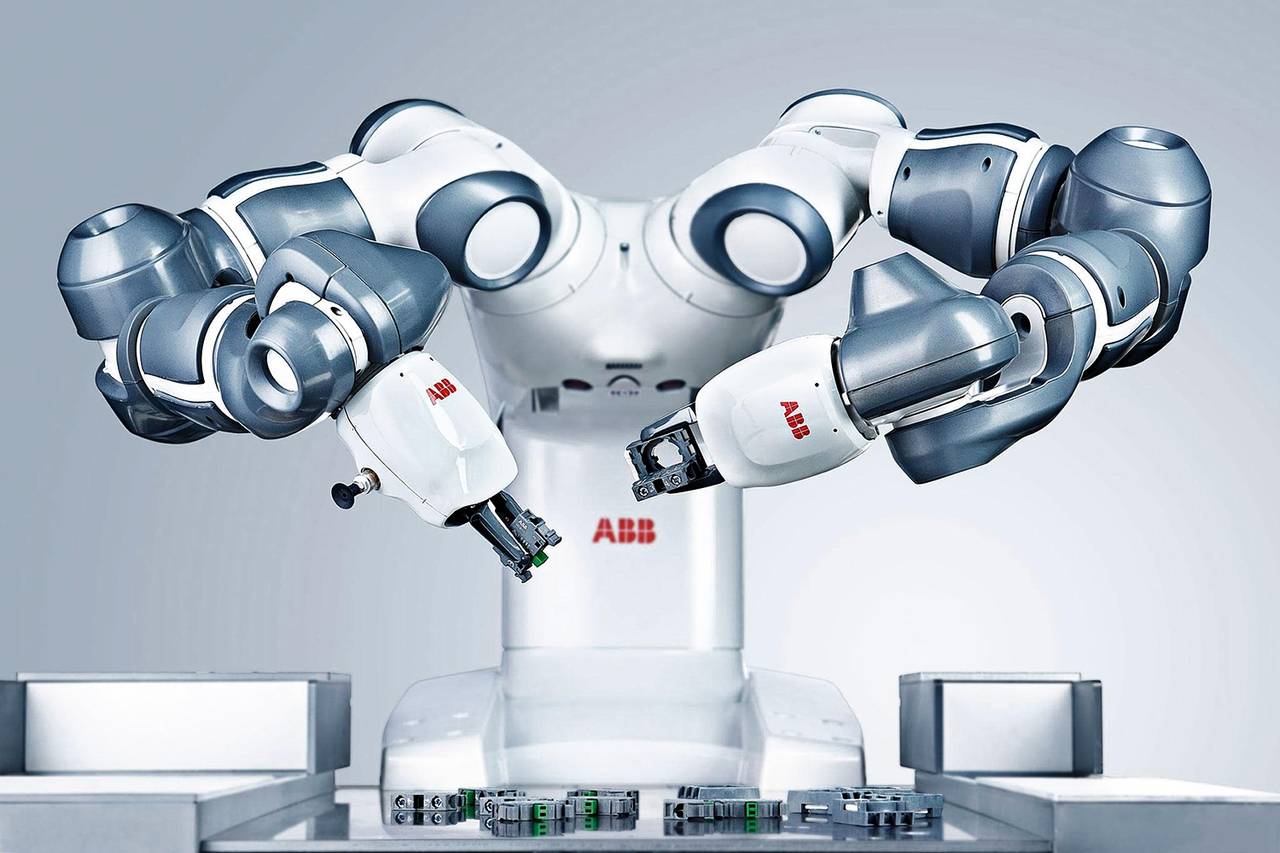Challenges of adapting to change are nothing unique for manufacturing. Technological progress drives innovation in production, and processes considered to be innovative may be obsolete with the output of the second batch. While transformation through innovation was typically driven by competitive space and in pursuit of efficiency, challenges and developments coming from 2020 are driven by necessity. What once was unusual is becoming new normal in manufacturing.

How 2020 has affected manufacturing in general
The first half of 2020 passed, and the impact of the pandemic on the business can be examined through actual data. The insight from Chinese companies shows a decrease in production and supply chain effectiveness year over year. For example, export decreased by more than 25% for raw textile materials, around 20% for clothing and accessories or electrical equipment dropped by 15%.
On the other side of the Pacific Ocean, import to the US decreased by more than 30% for smartphones and 15% for computer equipment and industrial machinery. Consumers, as well as producers all around the globe, were experiencing shortages of parts and final products.
Read more: How To Future-Proof Your Organisation Inside Out Post COVID-19
China is predicted to be the quickest economy to recover due to the increasing focus on the local market. The country is predicted to encounter an economic recession at around negative 4% for this year. On the other hand, nations that put a heavy focus on the automotive industry (e.g., Germany) are expected to be slowest to recover as the automotive industry is not likely to recover before 2024.
All these numbers lead to massive unemployment and business closures. The UK experienced a loss of 650,000 jobs. In the US at the end of June, only around 53% of the population is employed. Financial damages caused by the recent pandemic on the global industrial production is estimated to be more than $2.8 trillion.
What have we learned and how potential losses can be mitigated if a similar situation repeats itself?
Read more: The Basics of Enterprise Data Management
The industry is evolving
The recession was inevitable to protect people's lives and to stop the spread of the unknown virus. But the business and production cannot stay shut down forever. There must be a way to produce and protect at the same time.
The industry needed to innovate to create a safe and healthy work environment capable of sustained production in the scenario the world is currently facing. The transformation will be formed around updated health and safety guidelines, sustainable supply chain, automation and advanced digital solutions.
Read more: Hotels Gear Up For Permanent Changes Post COVID-19
McKinsey is calling this process of transformation Industry 4.0. From their survey conducted among the Asian organisations, 45% of respondents experienced sudden material shortages, a steep decline in demand (41%) and unavailability of workers (30%). Solutions to these challenges will be based on four core pillars of technology.
Four core technologies will drive innovation:
1. Connectivity, data and computational power – sensors, Internet of Things, cloud technology, blockchain, 5G network
2. Intelligence and analytics – machine learning, artificial intelligence, advance analytic tools
3. Human-machine interactions – virtual and augmented reality, robotics and automation, chatbots, remote control
4. Advanced engineering – 3D printing, renewable energy, nanoparticles
Read more: Networked Analytics - the Next Wave of Business Intelligence
In the future “new normal” of manufacturing, all of these technologies will be found in some shapes or forms, even if the adoption of them will be time and capital consuming. But there are some organisations able to implement some changes in an unbelievably short amount of time. Forbes predicts that manufacturing will experience five years of innovation in the next 18 months.

Long term prospects for manufacturing
In a traditional manufacturing context, social distancing guidelines and rules combined with health and safety measures would make 40-50% of the production workforce unavailable to carry out their functions on the site. Investors are seeking new manufacturing capabilities may observe trends that the current situation only accelerated.
These long-term trends will influence future manufacturing strategies.
1. Advanced automated manufacturing and localised production
This trend started some time ago as a reaction to ongoing trade wars and trading unions falling apart. Production began to decentralise from China to other regions, and this trend will be further stimulated.
For example, 85% of the components for smartphones are made in China. And when production in China stopped, the price of components rose due to shortages of parts. This highlights the importance of future regional diversification, which can be achieved by further advancements in automation.
The idea of highly advanced automated production in the more diverse regional manner could be cost-effective enough for a business to produce goods without facing shortages from the offshore output coming from a single region.
Read more: The Reshoring Wave and The Role of Advanced Manufacturing Technologies
The key here is automation because western countries cannot be as cost-effective as offshore production due to higher labour costs. Machines already account for 85% of GDP in developed nations, and the additional implementation of advancements in robotics and automation will be utilised to provide regions with elasticity and sustainability facing a crisis like the current one.
2. Supply chain management and diversity
The heavy dependence on limited suppliers from Asia caused many businesses to experience unprecedented deficits of essentials supplies. For example, the UK-based car manufacturer, Jaguar Land Rover, had to postpone production due to missing vital parts for their cars, which were coming from an Asian supplier. When the target of manufacturing is lean production, just-in-time supply (heavily used in the automotive industry) falls apart with any prolonged stock shortage.
Going forward, suppliers will be thoroughly compared based on their transparency, predictability, and their capacity to provide the stock from multiple regions. Times of the limited supplier from a single area is going away. Tools to effectively communicate with the suppliers have to evolve at the same time. Systems must get smarter to fill the requirements from a diverse portfolio of suppliers to establish a continuous production no matter where in the world the crisis strikes.
3. Digital innovation
Communication is another crucial point as data and information are a strategic asset. Digital infrastructure, compatibility of digital tools, the greater visibility, and coordination of the systems are the main focus. Adoption of 5G technologies, AI and the Internet of Things already provide competitive advantages. Companies that embrace these advancements are seeing an increase of 7% in revenue growth compared to their competitors.
Read more: How Hotels Can Create Competitive Edges with Business Intelligence
Digital is the core of any business post-pandemic; none of the innovation trends can be accomplished without a digital foundation. For example, the 5G network allows real-time control over machines without any latency. This allows the AI system to use machine learning and cloud to run the production process effectively in real-time and react faster than any human on-site ever could.
These systems are already used daily by several organisations, but moving forward, it will become a necessity to support complicated systems of automation or supply chain management.
4. Remote and virtual work
The presence of workers inside the factories is vital, but if up to 50% of positions won’t be able to continue working with the current settings, new processes must be implemented. This will influence the adoption of remote diagnostic and operations.
Single personnel guided by a team of specialists can take care of facility maintenance. The virtual shift will be enabled by real-time data analysis through advanced digital collaborative tools. With high-speed connectivity, they will be able to perform remote tasks with the same precision, without latency, as they would be present on site.
With a high level of automation and growing use of robots, fast digital infrastructure and remote control of machinery and a few selected operators, the number of workers required down at the production line will be dramatically decreased.
In addition to these trends, many more will evolve from them in the future. These are the baseline of what can be expected from the “business as unusual” in manufacturing.
To conclude, it is not unrealistic to say the sci-fi visions from decades ago will be fulfilled to a certain degree in the next couple of months or years. Factories will be filled with automated machinery, never stopping assembly lines run by AI systems, and workers will leverage machine learning and the cloud to plan and manage supplies more effectively and in a safe environment.
And that will be the new normal for the manufacturing industry.
For more insights and practices to navigate today's changing environment, subscribe to TRG's Business As UnUsual #BAUU newsletter now.
 English
English  Vietnamese
Vietnamese 


